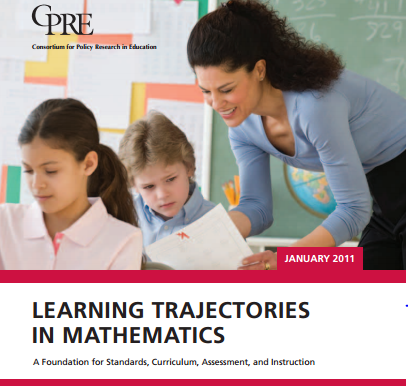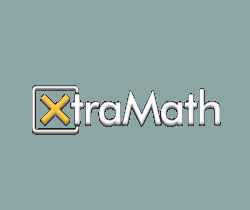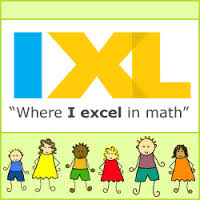Mathematics
To see our favorite math sites, scroll to the bottom of this page and click the image to learn more. Most of these sites are free or charge a nominal fee. For the ones that cost a premium, we have listed them because they are just that good!!
“I’m never going to use this!” Educators hear these words from many of their students year after year. Educators should explain from early on that a deeper understanding of math is essential to helping students begin to learn problem solving strategies. The skills they learn in math may indeed be used specifically in their careers, but more importantly learning process, routines, and process are important foundations of life skills that are key in every career and opportunity that lie ahead.
CoreStandards.org states: “Mathematics education in the United States must become substantially more focused and coherent in order to improve mathematics achievement in this country. To deliver on this promise, the mathematics standards are designed to address the problem of a curriculum that is “a mile wide and an inch deep.” These standards define what students should understand and be able to do in their study of mathematics. But asking a student to understand something also means asking a teacher to assess whether the student has understood it. But what does mathematical understanding look like? One way for teachers to do that is to ask the student to justify, in a way that is appropriate to the student’s mathematical maturity, why a particular mathematical statement is true or where a mathematical rule comes from. Mathematical understanding and procedural skill are equally important, and both are “assessable” using mathematical tasks of sufficient richness.”
Within the Common Core are The Standards for Mathematical Content providing a clear focus of content that must be mastered at each grade level, K-8. High School Standards specify the mathematics all students should study to be college and career ready. They are organized by conceptual categories or themes: Number and Quantity, Algebra, Functions, Modeling, Geometry, and Statistics and Data. Equally important are the Standards for Mathematical Practice, describing the behaviors or ‘habits of mind’ of mathematically proficient students. The Standards for Mathematical Practice (SMPs) should be posted and taught explicitly with the Standards for Mathematical Content. It is important that students understand standard practices that help them become problem solvers.
The eight Standards for Mathematical Practice (SMPs) are:

























